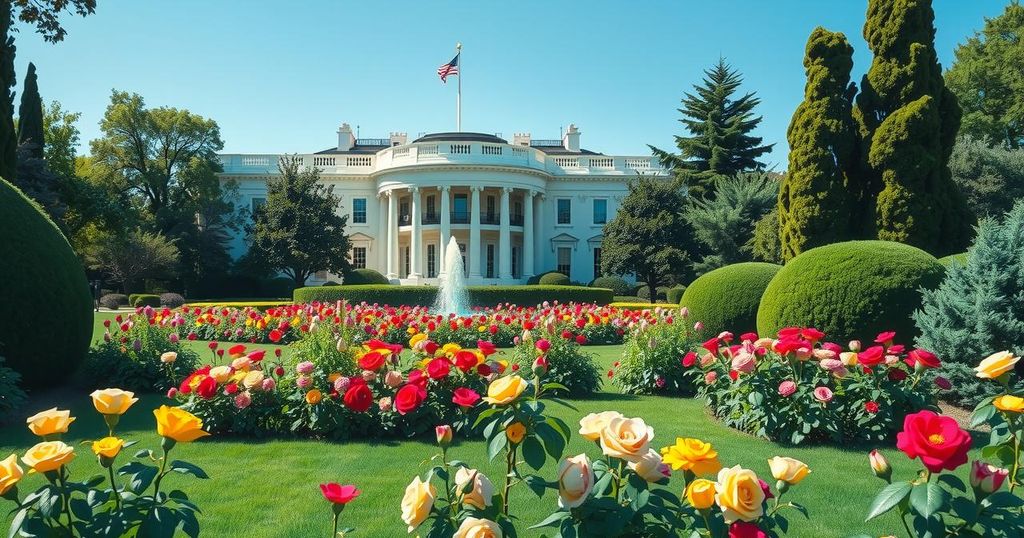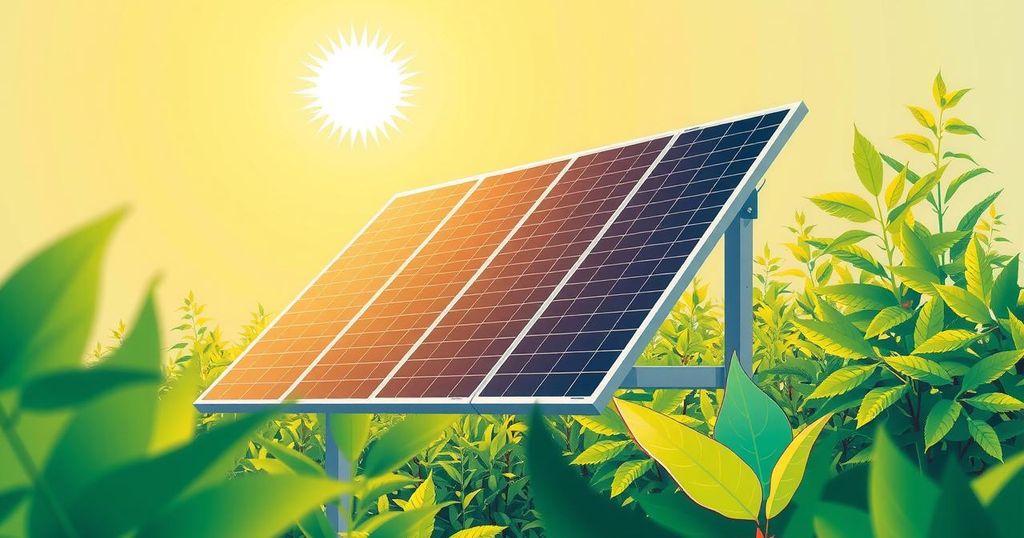Environmental defenders in Colombia, such as Waldina Muñoz, face significant threats despite government assurances promoting environmental justice. With Colombia accounting for a large proportion of global environmental activist killings in 2023, the urgency for protective measures is evident. Despite strides in international agreements, activists experience ongoing violence fueled by organized crime and corporate interests, revealing a deep-rooted crisis that demands immediate attention.
In Colombia, environmental activists face severe threats despite government pledges to protect them. Waldina Muñoz, a 47-year-old leader of Guardians of the Forest, actively fights for conservation in the Colombian Amazon. Her organization, comprised of Indigenous Pasto women, strives to raise awareness about environmental issues while opposing harmful oil and mining projects. However, Muñoz has experienced violence, including threats and gunfire, highlighting the risks environmental defenders face in Colombia, the deadliest country for such activists globally.
Colombia, known for its biodiversity, has seen an alarming trend of violence against environmental activists, with 79 documented killings in 2023 alone. This accounts for around 40 percent of reported environmental killings worldwide, as indicated by a recent Global Witness report. Despite President Gustavo Petro’s environmentally-focused initiatives, killings and threats against defenders continue unabated due to organized crime and the vested interests of extractive industries in the region.
The ongoing violence against environmental defenders reflects the challenges faced in Colombia’s context of lingering armed conflict. Despite a peace agreement with the FARC guerrilla group in 2016, violence has resurfaced, fueled by the activities of criminal organizations involved in illegal activities like mining and coca cultivation. Environmental activists, therefore, are often in direct conflict with these powerful entities, resulting in heightened risks for their lives and safety.
Indigenous communities, such as Muñoz’s, bear a disproportionate burden in this struggle. Although they make up only 6 percent of the global population, they represent nearly half of the environmental defenders killed globally in 2023. Indigenous peoples maintain significant ecological areas, making them prime targets for those wanting to exploit natural resources. They are often compelled to champion environmental causes due to their intrinsic beliefs in protecting nature.
Despite Colombia’s governmental efforts to position itself as a leader in environmental justice, significant challenges remain. The state’s commitment to supporting Indigenous environmental protection is undermined by inadequate security measures and ongoing neglect in rural areas. Many defenders are left vulnerable without sufficient protective resources, facing violence and intimidation, frequently perpetrated by organized criminal groups, which severely hampers their efforts.
Statistics reflect a grim reality as Colombia’s National Protection Unit registered over 100,000 requests for protection from environmental defenders, yet fewer than 10 percent received adequate safety measures. The lack of effective response to this crisis continues, with only about 5 percent of crimes leading to prosecution, resulting in widespread impunity for violent acts against defenders.
The Colombian government recently ratified the Escazú Agreement, aimed at enhancing legal protections for environmental activists. However, activists report feeling neglected and stigmatized by authorities, who often side with corporate interests. Some Indigenous communities have begun to create their own protection systems, employing community networks for early warnings and safety.
In their pursuit of environmental protection, both Muñoz and fellow activist Ramón Enrique Apraez Gómez engage in personal safety measures and communal vigilance, primarily relying on their innate wisdom rather than state provisions. They recognize that complete security lies in addressing the root causes of violence perpetrated by criminal factions, rather than mere temporary fixes.
The current situation highlights that merely establishing governmental goodwill and participation in international dialogues is insufficient for ensuring the safety of Colombia’s environmental defenders. Outcomes must be reflected in tangible actions to protect these vital individuals and their communities effectively.
In summary, environmental defenders in Colombia, particularly Indigenous activists like Waldina Muñoz, navigate extreme risks while advocating for nature conservation despite government promises of support. The persistent violence and killings of activists underscore the urgent need for effective protective measures and accountability for those perpetrating these crimes. Although the Colombian government has initiated international commitments, real safety for defenders will require substantial reforms, prioritization of community rights, and genuine efforts to combat organized crime in the context of ongoing environmental and social challenges.
Original Source: foreignpolicy.com




